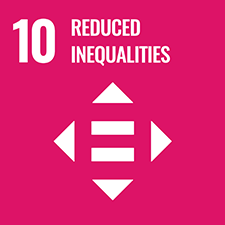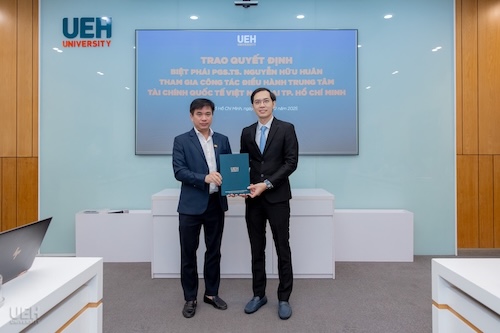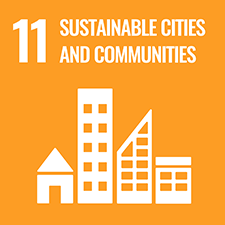Harnessing Solar Power: UEH's Commitment to Sustainable Energy
20 Nov, 2023
The University of Economics Ho Chi Minh City (UEH) has invested in solar power stations on its N, A, and B campuses from 2022. It makes a substantial commitment of the university to renewable energy and sustainable campus operations. These solar power stations are part of UEH's broader sustainability strategy, providing clean, renewable energy that significantly reduces the university's carbon footprint while also contributing to cost savings on energy expenses.
On each campus, solar panels are strategically installed on rooftops and open spaces to maximize sunlight capture and energy generation throughout the day. The energy produced is used to power essential facilities such as lighting, heating, and cooling systems in classrooms, labs, and administrative buildings. This investment means that a substantial portion of each campus's energy demands is met through renewable sources, directly reducing the need for fossil-fuel-based electricity and lowering greenhouse gas emissions.
The solar power systems are monitored and integrated with UEH’s energy tracking system, which allows the university to gauge the exact contribution of solar energy to its overall energy mix. For example, the N Campus, which houses many academic facilities, now relies partially on solar power to run operations during daylight hours, effectively lowering its reliance on grid electricity. Similarly, Campuses A and B benefit from the energy generated by solar installations, which powers lecture halls, libraries, and common areas. In 2023, the total electricity generated from the university's solar energy reached 536,705 GWh, contributing to the transition towards 100% renewable energy across all UEH campuses

By investing in solar power stations on its N, A, and B campuses, UEH demonstrates leadership in sustainable practices and sets a precedent for green energy integration within educational institutions. This initiative not only contributes to a cleaner environment but also enriches the academic experience, embedding sustainability deeply into the university's culture and operations. Through these efforts, UEH is well-positioned to inspire further green innovations in Vietnam’s educational sector and beyond.










![[Contribution Research] Factors influencing urban customers’ willingness to use crowd shipping services in Ho Chi Minh City](/images/upload/thumbnail/ueh-thumbnail-639021662378786578.png)


